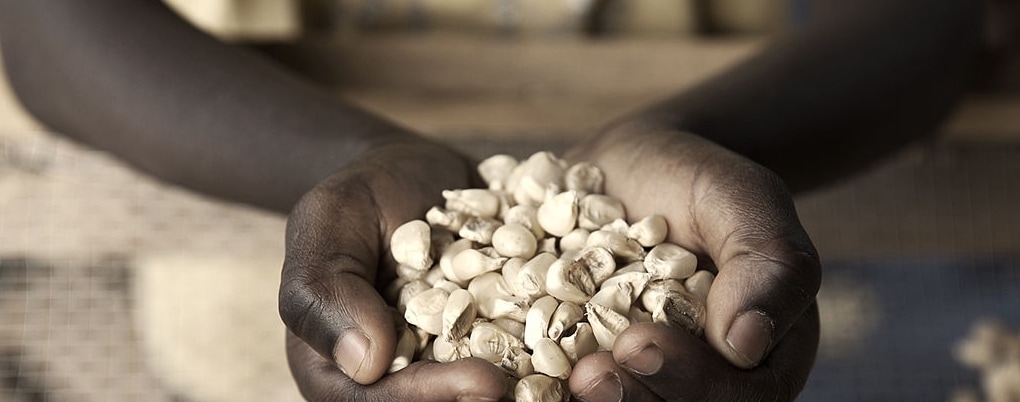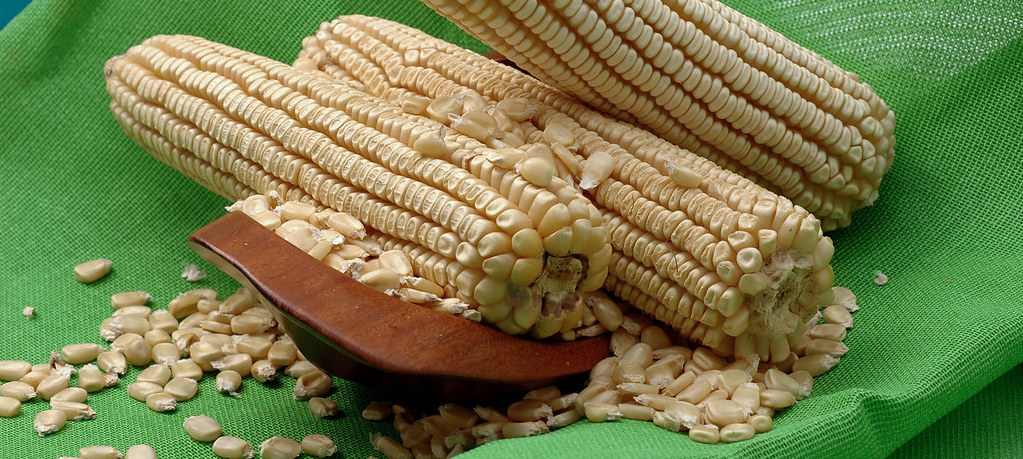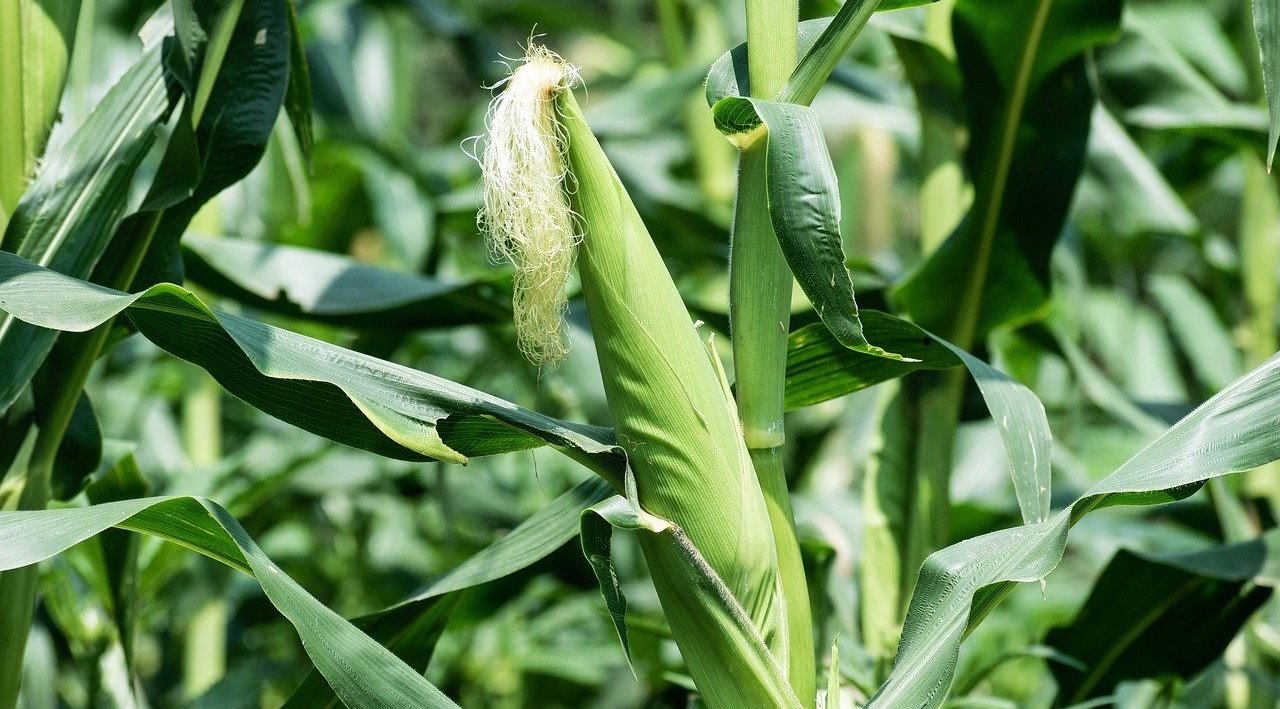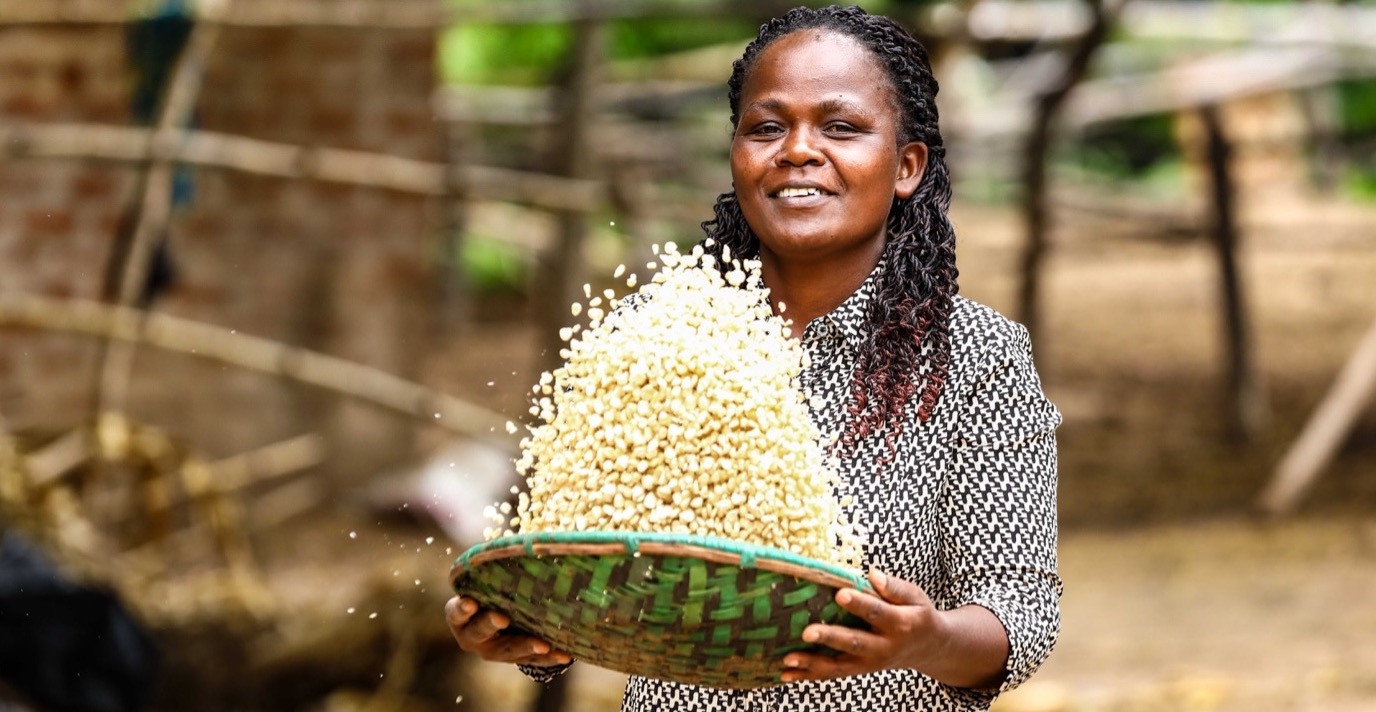For more than a decade, Charles Openda had been tilling his 40-acre piece of land and planting upland rice with high expectations – those achieving a bumper harvest and making a bumper sale that would turn around the lifestyle of living for his ten-member family.
Season after season, he was pregnant with this expectation that he did not notice that the pregnancy term had taken more than 10 years. His rice, maize and cassava fields could not just yield the much-anticipated bumper harvest. So, season in, season out Openda found it hard to provide for his two wives, eight siblings and extended relatives under his care.
However, the problem of “rare bumper harvest” was neither an issue to his family only nor that of his Papada village, or Gule Parish. It was not either a setback limited to Magolo Sub County. No, the dilemma seemed to be widespread throughout the entire of Tororo District.
“At the onset, I thought it was a curse that had befallen my family land, but after interactions with other farmers from within and without our parish, I came to understand that it was a problem beyond even our district,” says Openda.
What Openda and other small-scale farmers across the three districts of Tororo, Busia and Numuteba did not know then, was that the problem of poor yields was directly connected to soil fertility and the striga problem. The two problems are prevalent in the three districts. “Over the years, in fact over generations, small-scale farmers in the region have tilled land without considerations on managing soil fertility,” says Ali Mawanda, an extension officer with Africa 2000 Network, Uganda, adding jokingly, “it’s like the striga weed, missing out on the soil nutrients was on a rampage spree to feed on the cereals. This is why there is no bumper harvest for Openda and other farmers across the three districts”.
AGRA (The Alliance for Green Revolution in Africa), is working with A2N as its major partner to improve smallholder productivity and control striga in Eastern Uganda through scaling up integrated soil fertility management resources.
Through this intervention, farmers like Openda have been able within a short period of less than three years to achieve what has been impossible over many years to become the new millionaires on the block. Now they are not only making bumper harvests but also are smiling all the way to the bank. “It is amazing how simple things like taking care of the soil can turn around the lives of many farmers,” says Openda. The farmer is now able to feed his family and pay school fees for all his siblings and dependants three of whom are pursuing their university education. “What seemed unachievable is now within reach”, says an elated Openda whose current school fees budget is above UGsh4.5million.
Before these interventions, Openda says his 40-acre farm could only yield 8-10 bags of rice, 2 bags of soybeans, 6-8 bags of maize and one bag of cassava. Now from the same land his last harvest yielded 30 bags of rice (UGsh150,000 per 90k bag), 12 bags of soybeans (UGSh180,000 per bag), 22 bags of maize (UGsh120,00 per bag) and plenty of cassava and millet both for his family and commercial. He has set aside 20 acres of land for his dairy and livestock animals.
From his diary project he gets 180 litres per day which he sells at UGsh1,000 per litre and UGsh1.5 million and UGsh2.5 million per year from beef and in-calf sales respectively. Openda uses his oxen for ploughing.
“To achieve these transformations a lot of expertise in previous research work on the prevailing problems of soil fertility resource management and striga had to be brought to the fore,” says A2N’s monitoring and evaluation officer, Tryphosa Muunga. She says also brought into the equation was the creation of awareness through a farmer-group based outreach. This, she notes, has paid huge dividends in terms of combating the problem.
By end of 2010, three months after launching the project, A2N had “spread the word” effectively and had trained extension staff and farmer facilitators, indentified demo farms, trained farmers in maize, soybeans and upland rice agronomy, Integrated Soil Fertility Management (ISFM) and had conducted Parish-level sensitization on striga weed management.
“Farmers like me benefited from these training sessions and those who took the initial lead are reaping huge financial gains,” says Openda. He says two years down the line after AGRA’s intervention, he and other farmers through extensive trainings, workshops and demonstrations are now experienced in good seed knowledge, proper ploughing methods, crop rotation, inter-cropping, post harvest handling and storage besides being good students of soil nutrients.
He says he now knows how to use the recycle waste from burns and stocks of rice as organic fertilizer to improve his maize, rice and soybeans farming. “I now know how to incorporate DAP, MAP, Urea, SSD and other fertilizers with organic manure to give me high yields,” says the farmer who is in the forefront of training other farmers on these interventions. His farmer group of 30 farmers is all into commercial farming and some, including him have since diversified to poultry and dairy keeping or have become Anglo dealers. “This is the uniqueness of farming and doing business as group members as the members supplement each others’ gifts,” says the father of eight. Tryphosa says there are over 1000 farmer groups in Tororo making up more than 25,000 farmers.
The farmers under the AGRA project now use herbicides both selective and non-selective to control weed which helps destroy the weeds leaving clean fields, which in turn means minimal tillage. They too, have learned how to practice soil and water conservation. “The result of all this is what I have been yearning for over the years as I can now grow surplus crop which I commercialize to meet my other family obligations,” says Openda. He says he too has been able to maximize on land usage and practices continuous farming without leaving any land under fallow through the practice of crop rotation.
Openda is now an employer too. He has four personnel in his compound permanently and during harvest, weeding and ploughing time he employs as many as 15 workers to help him in his farming activities. He has since hired land to grow his farming business. He now has 60 acres of land under farming. “I spend over UGsh3 million during harvesting period alone,” points out the farmer who also hosts a demo farm.
Despite financial restraints, Openda says he and other farmers through their farmer groups have been able to access credit from financial institutions. “Besides, we are also exploring ways such as forming cooperative farmer group associations that will contribute money and lend it out to members. His group has since benefited from this drawing a membership of more than a 23,400 membership. Other challenges are drought and climate change related issues. “Sometimes the rain won’t come and when it does, it comes in torrents and is destructive,” he explains. Then there is the issue of pests and crop diseases besides market linkages. However, the farmer says, the farmer groups and the partners are addressing all these issues. He is optimistic that if the problems of soil fertility and striga infestation have been solved, then solutions to all these others will be found.
Another benefit accrued to farmer groups is supplementing labor for members. This is especially for members who have financial constraints. “We organize ourselves as members and help each other in ploughing, weeding or harvesting,” notes Openda. Other benefits include women empowerment (women are treated equal to their male counterpart especially in leadership positions), group counseling and guidance on HIV & Aids and other family issues. This is a plus as the three districts are prone to the pandemic.






